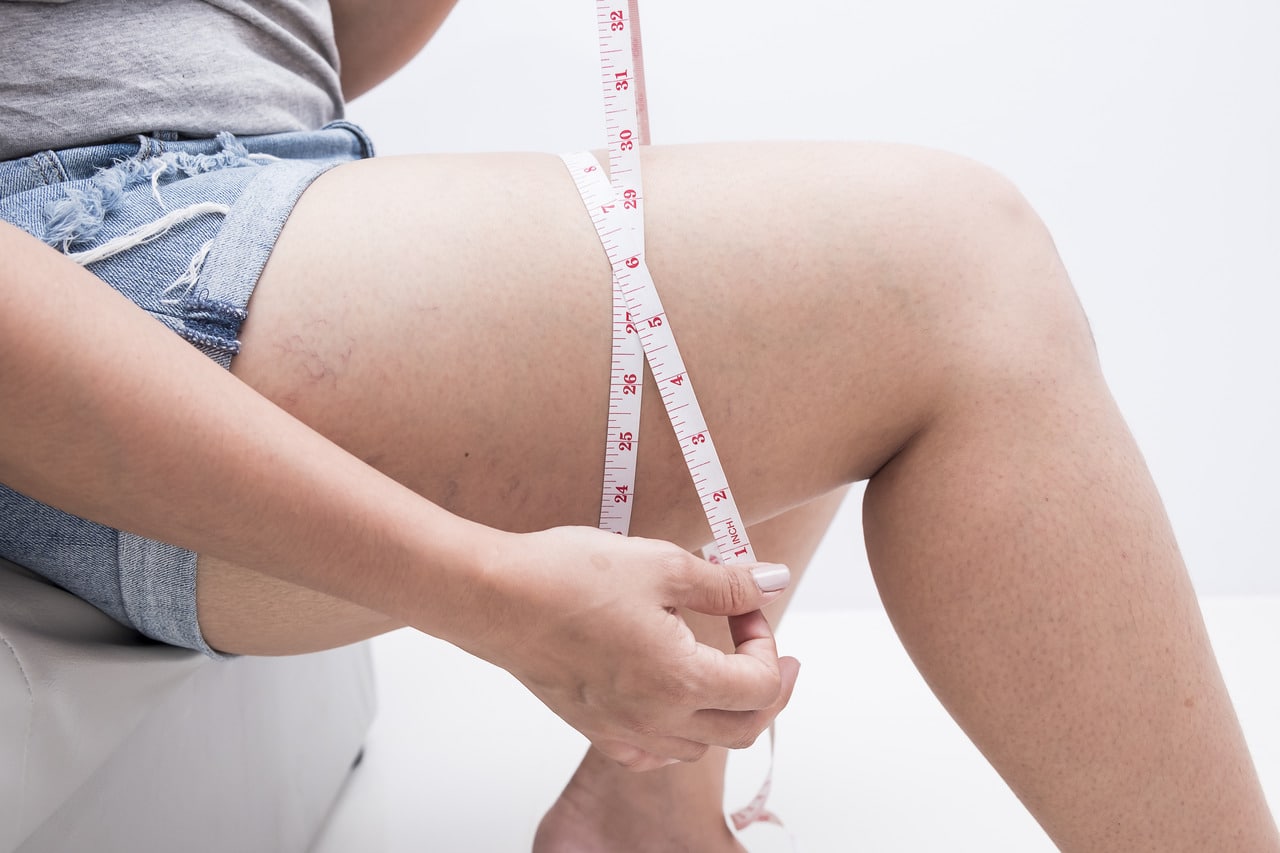The quest to slim down thighs is a common goal for many, driven by the desire for toned and shapely legs. While the internet is awash with advice on how to achieve this, the truth lies in understanding the body’s mechanisms for fat storage and reduction.
This article delves into effective strategies for losing thigh fat, incorporating insights from leading health and wellness sources. It emphasises the importance of a balanced diet, regular exercise, and the potential benefits of treatments like CoolSculpting for targeted fat reduction.
Additionally, it highlights the role of consistency and patience, as transforming the thighs requires time and dedication to healthy lifestyle changes.
Understanding Thigh Fat
Thigh fat is a type of body fat that is stored in the thigh region. It’s a natural and common occurrence, influenced by factors such as genetics, hormonal levels, and lifestyle choices. While it’s a source of frustration for many, it’s important to note that spot reduction, or losing fat from a specific area, is a myth.
The body loses fat in a generalised manner, making targeted fat loss unrealistic. However, certain exercises can tone and strengthen the legs, which, when combined with overall fat reduction strategies, can lead to the appearance of slimmer thighs.
Diet and Exercise: The Cornerstones of Fat Loss
A balanced diet and regular exercise are the pillars of any fat loss journey. A sustainable eating plan rich in fruits, vegetables, lean proteins, and whole grains, alongside a deficit of 500–1,000 calories per day, can kickstart weight loss. This approach, coupled with regular physical activity, can lead to significant improvements not just in thigh fat but overall body composition.
Strength training exercises, such as squats, deadlifts, lunges, and leg presses, are particularly effective for toning leg muscles. These multi-joint movements engage various muscles simultaneously, increasing calorie burn and promoting muscle growth. Aerobic exercises, including running, biking, and swimming, complement strength training by burning calories and reducing overall body fat.
High-Intensity Interval Training (HIIT)
HIIT has emerged as a powerful tool for fat loss, including in the thigh region. This training method alternates between high-intensity bursts of activity and periods of rest or low-intensity exercise. It not only burns a significant number of calories during the workout but also enhances metabolism for hours afterwards. Incorporating HIIT into your routine 2–3 times a week can amplify fat loss and contribute to more defined legs.
Lifestyle Adjustments for Optimal Results
Beyond diet and exercise, several lifestyle factors can influence body fat. Alcohol consumption, for instance, can contribute to weight gain due to its high-calorie content and its impact on dietary choices. Reducing intake can help mitigate this effect.
Stress and sleep are also critical components of weight management. High stress levels can lead to weight gain, while adequate sleep is essential for hormone regulation, appetite control, and recovery. Managing stress through relaxation techniques and ensuring 7–9 hours of sleep per night can support your fat loss goals.
CoolSculpting: A Non-Surgical Option
CoolSculpting is one of many alternatives to remove fat from your legs. This government-approved, non-invasive procedure specifically targets fat cells by freezing them, which leads to their natural elimination from the body over time. It’s particularly effective for areas like the thighs, where stubborn fat can persist despite a healthy diet and regular exercise.
While CoolSculpting is not a substitute for a healthy lifestyle, it can complement your efforts by targeting specific areas for fat reduction, offering an additional method to shape and tone your legs.
The Role of Genetics and Hormones
It’s crucial to acknowledge the role of genetics and hormones in body fat distribution. Some individuals may be predisposed to store more fat in their thighs due to genetic factors. Hormonal influences, particularly estrogen, can also dictate where fat is deposited.
These factors mean that while you can reduce body fat and tone your muscles, the shape and size of your thighs may be partly determined by factors beyond your control.
Conclusion
While the dream of spot-reducing thigh fat may be unattainable, a comprehensive approach involving diet, exercise, lifestyle changes, and possibly CoolSculpting can lead to slimmer, more toned thighs. It’s a journey that requires patience, persistence, and a holistic view of health and wellness.
By embracing these strategies, you can work towards your goal of reducing thigh fat and achieving a body you feel confident in.
Remember, the path to losing thigh fat isn’t just about aesthetics but about embracing a healthier, more active lifestyle that benefits your entire well-being.
